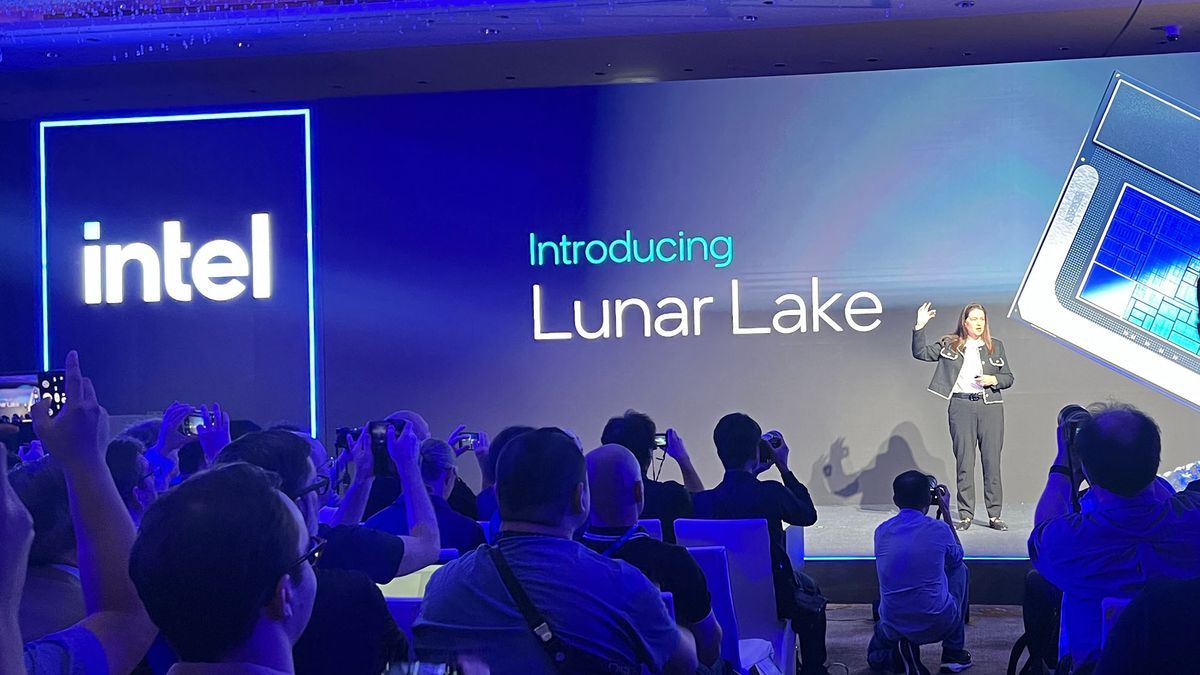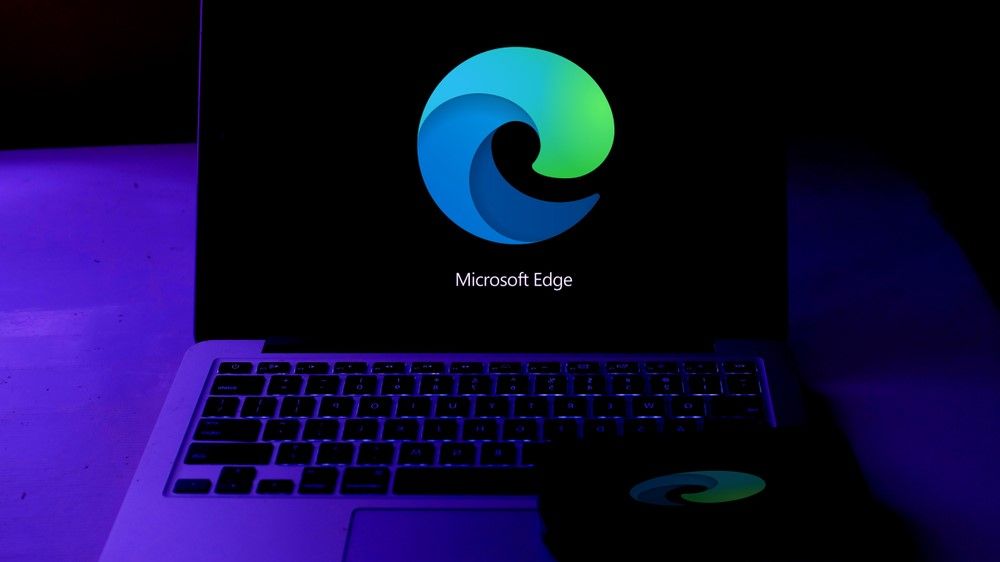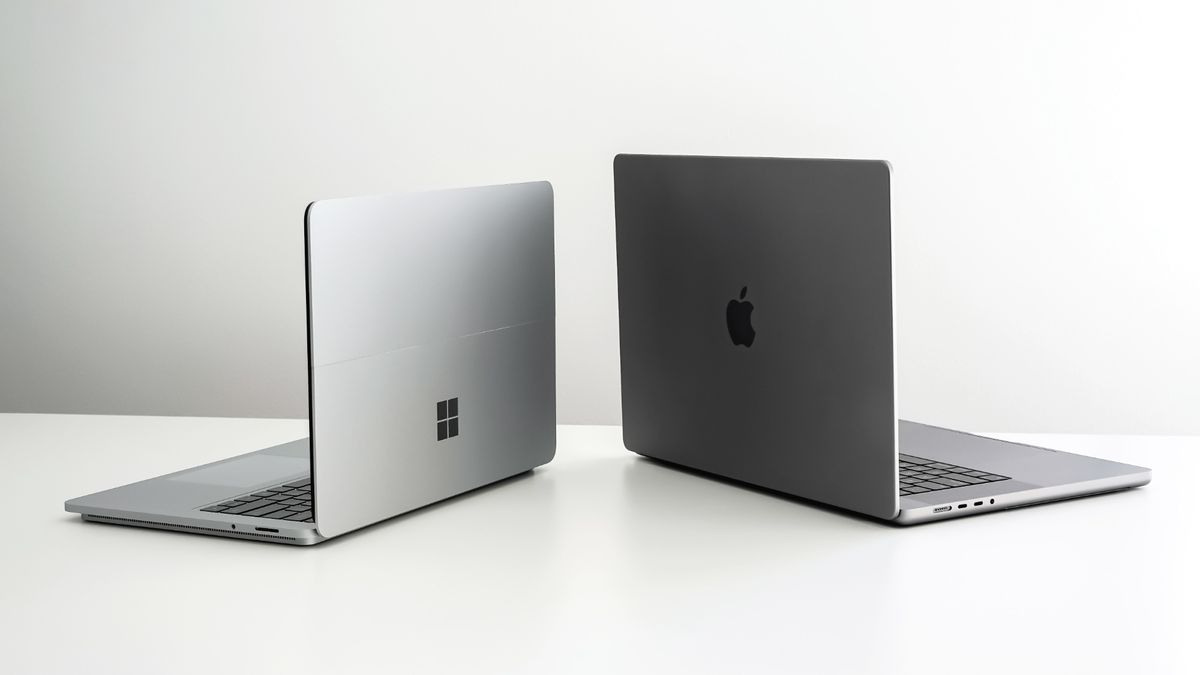Intel lifted the curtain on its latest series of processors, codenamed Lunar Lake, during Intel CEO Pat Gelsinger's Computex keynote on Wednesday. The new chip will launch later this year and will power thin and light laptops in time for the 2024 holiday season.
The new system-on-a-chip (SoC) introduces a number of innovations over current-generation Meteor Lake SoCs, such as Intel Core and Core Ultra processors, with Intel claiming better power efficiency, a 4x increase in power of NPU processing, a 50% faster Intel Arc GPU based on its next-generation Arc Battlemage architecture, and on-chip memory for a smaller footprint and faster memory access.
Lunar Lake is also the first Intel chip series to meet the minimum requirements for Microsoft's Copilot+ PC standards, including more than 40 trillion operations per second for its NPU (TOPS) and 16GB of memory.
The new SoC features a highly revamped architecture that introduces a smorgasbord of small changes to the operation of its processors that together achieve significant performance improvements without using more power than current Intel Core Ultra chips and can reportedly achieve the Same performance as Intel Meteor Lake. chips with one-third the power, significantly improving the potential battery life of laptops equipped with the new chips.
I haven't tested any of these claims myself, so they should all be taken with a grain of salt until reviewers can get their hands on new laptops with Lunar Lake chips, but on an extended tech tour before Computex. In the announcement, Intel engineers laid out a pretty comprehensive walkthrough of the changes Lunar Lake will introduce, and they're pretty far-reaching, even if the individual changes don't move the needle much on their own.
New core architectures introduced
The biggest innovation in Lunar Lake is the introduction of a new hybrid core architecture with Lion Cove performance cores and Skymont efficiency cores. These cores are a major driver of the improved power efficiency Intel claims for Lunar Lake, with a series of small changes to the way the CPU processes instructions, the introduction of a new cache memory layer, and a doubling of the number of efficiency cores on Meteor Lake.
Another major change is the loss of hyperthreading capability. This is when a processing core is capable of carrying out two instructions per clock cycle instead of one, although Intel says that the optimization that has been made to Lunar Lake's Lion Cove performance cores more than makes up for the loss of hyperthreading, which comes with its own processing overhead.
All of these changes together add up to efficiency cores that Intel says deliver the same performance as current-generation Meteor Lake chips at one-third the power and up to four times the performance at full power thanks to the addition of two more efficiency cores. As for core performance, Intel says Lunar Lake's Lion Cove performance cores can get 50% better performance at the same power as Meteor Lake's Redwood Cove cores in single-threaded performance, and about a 5% better with single threaded performance. Cove that Meteor Lake's multi-threaded performance cores.
What's more, Intel says its efficiency cores are mature enough to be able to handle more demanding tasks than previous generations of efficiency cores, meaning workloads that were previously assigned to higher-powered performance cores are now They can be assigned to lower power efficiency cores. increasing the overall efficiency of the chip, which should help extend the battery life of a Lunar Lake-equipped laptop to be competitive with Arm-based laptops like those powered by Qualcomm's new Snapdragon Apple M3 and M4.
Expanded NPU and next-generation Intel Arc graphics
Other notable advances come from the other two main components of the Lunar Lake SoC, namely the Intel NPU 4 neural processor and the Intel Xe2 graphics architecture, based on Intel Arc Battlemage.
Starting with the GPU, the next-generation Arc graphics come with 8 Xe execution cores, 8 ray tracing cores, a dedicated die AI engine capable of 67 TOPS and promise up to 50% better graphics performance than the architecture based on Meteor Lake's Arc Alchemist. .
Meanwhile, the NPU quadruples the performance of the Intel Meteor Lake NPU 3 neural processor, jumping from 12 TOPS to 48 TOPS thanks to four additional neural processing cores and other architectural improvements.
For those counting, this adds up to a total of 120 platform TOPS across GPU, NPU and CPU, and when Lunar Lake laptops launch in Q3 and Q4 of this year, Windows Copilot+ Runtime and other developer APIs will allow the application. Manufacturers will leverage all three processors as needed to better optimize AI tasks.
It remains to be seen whether Intel Lunar Lake will deliver on the AI PC promise this year, but Intel projects a lot of confidence that by the end of the year it will take a commanding lead in the AI PC market, however, that market will eventually take shape. .









